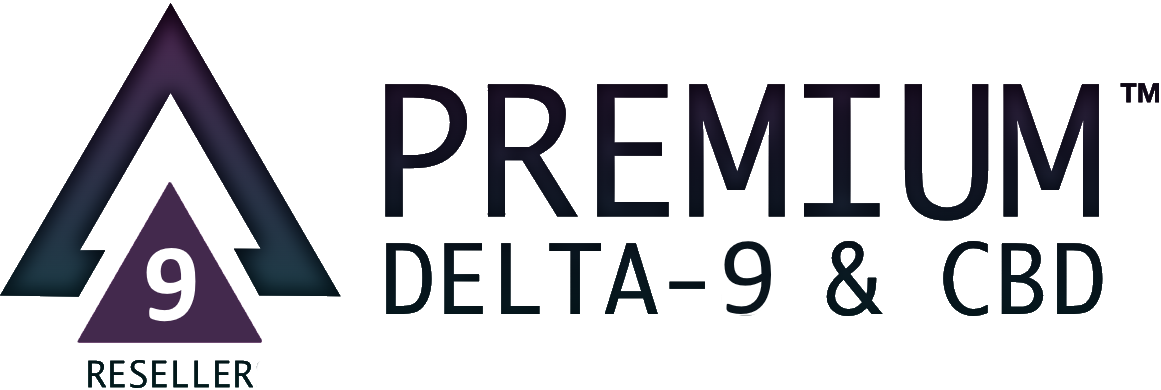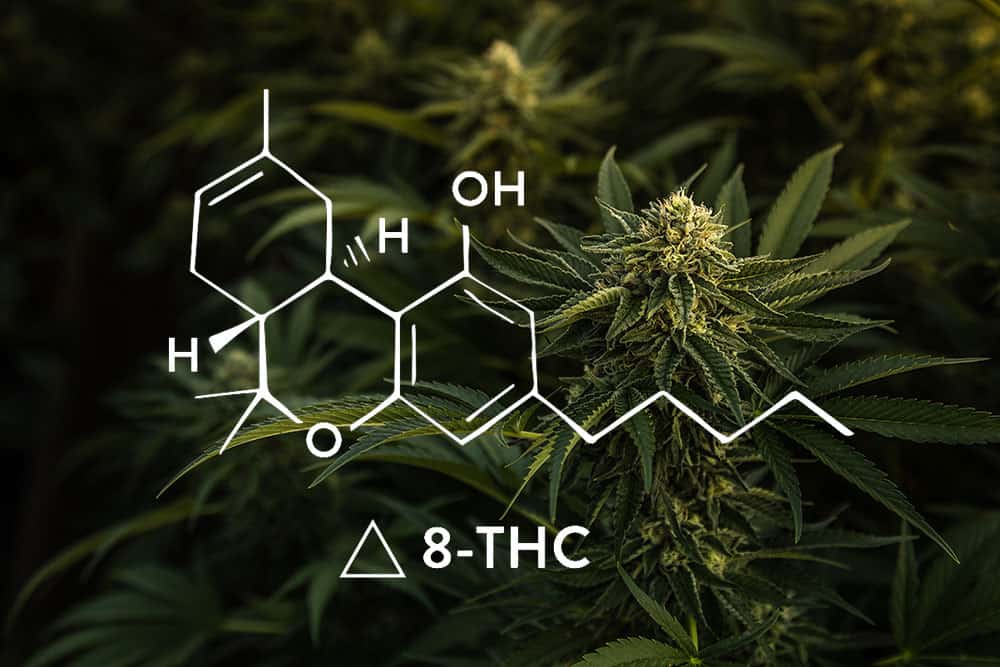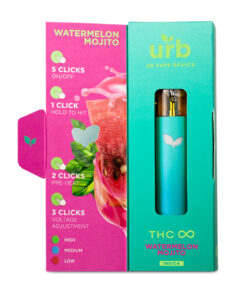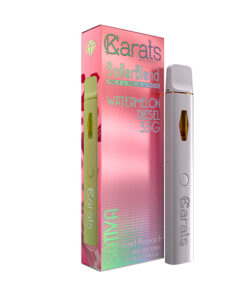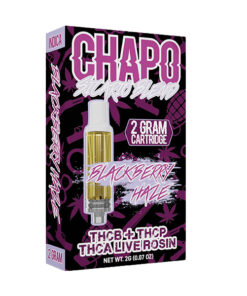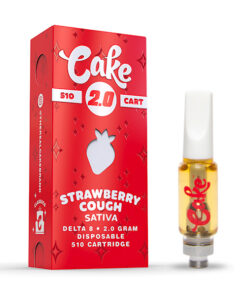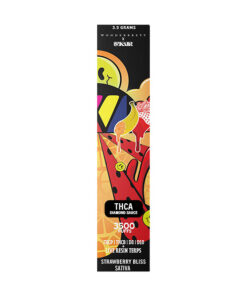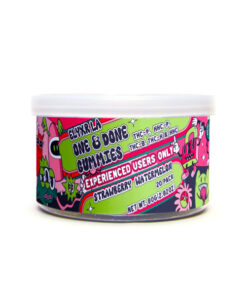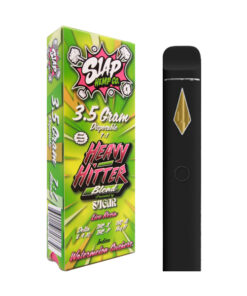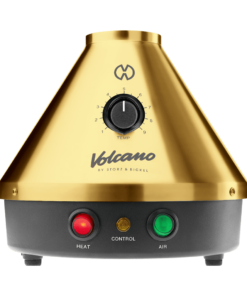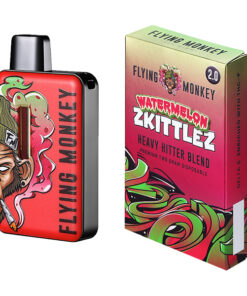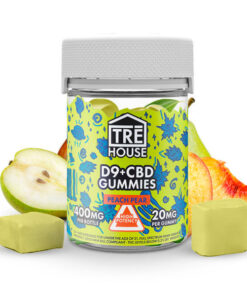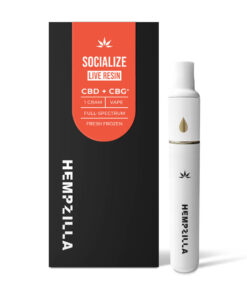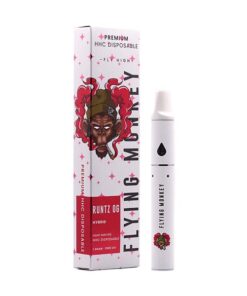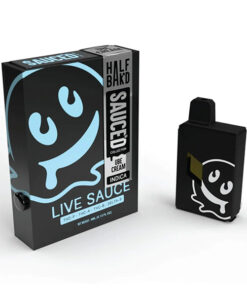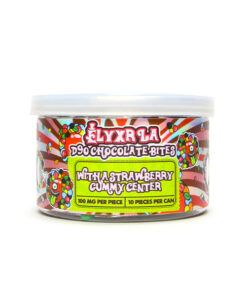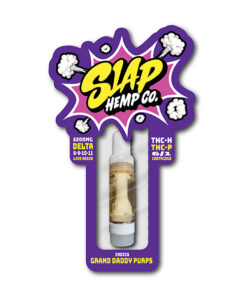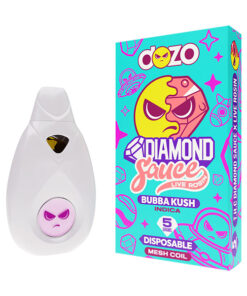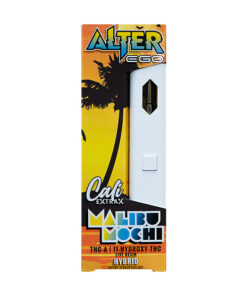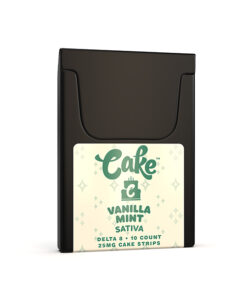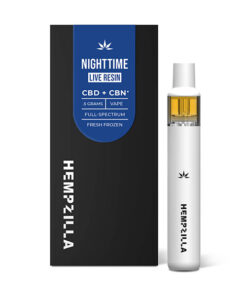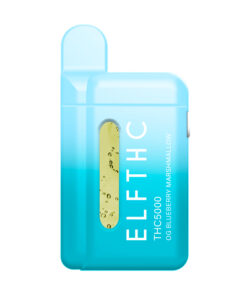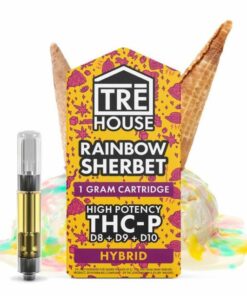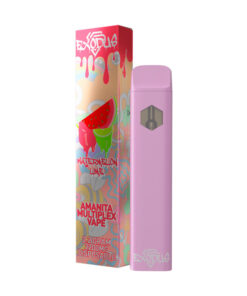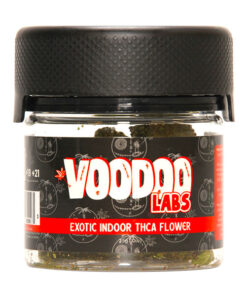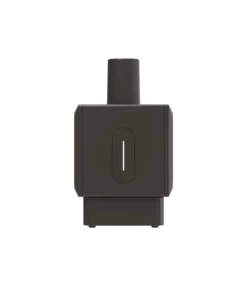Understanding Delta 8 THC: A Comprehensive Overview
While cannabis’s historical use for both medical and recreational purposes spans millennia, its recent legalization in the United States is a relatively novel development.
Several states have enacted laws permitting access to marijuana for medical and, in some instances, recreational use, with more states following suit annually. Additionally, the federal government has adopted a more permissive stance in specific scenarios.
The 2018 Farm Bill notably included provisions for hemp cannabis, distinguishing it from marijuana by its negligible tetrahydrocannabinol (THC) content, typically at 0.3% or lower.
This legal classification emancipated hemp from the controlled substances list, enabling its cultivation, processing, distribution, and interstate transport under federal regulations. Consequently, hemp-derived cannabidiol (CBD) products have become widely accessible across the United States.
The THC limit specified in the bill primarily pertains to Delta 9 THC, a prominent psychoactive compound in cannabis, responsible for the ‘high’ commonly associated with marijuana use. However, the recent surge in interest surrounds Delta 8 THC.
What sets Delta 8 THC apart from Delta 9? Is Delta 8 legally accessible? What are the potential benefits of choosing Delta 8 products? Is it a viable alternative to products containing Delta 9 THC or hemp-derived products?
If you’re newly acquainted with Delta 8, you likely seek answers before delving into Delta 8 gummies, tinctures, or vapes. This guide aims to explore everything necessary for informed decisions concerning your health and wellness.
Understanding Delta 8 THC: Unveiling its Uniqueness
Within the cannabis plant’s extensive chemical makeup of over 400 known compounds, around a hundred are cannabinoids, interacting with the body’s endocannabinoid system (ECS), while the remainder includes terpenes, flavonoids, and other elements contributing to cannabis’s taste, aroma, and characteristics.
With the increasing legalization of hemp and marijuana, research opportunities have expanded, allowing for the exploration, isolation, and analysis of numerous cannabis compounds.
Initially, THC and CBD emerged as prominent compounds known for their potential benefits. However, the spotlight has recently shifted towards Delta 8 THC.
Similar in structure to Delta 9 THC, Delta 8 distinguishes itself by inducing milder psychoactive effects. As a minor cannabinoid, its recognition has been relatively delayed.
However, its significance lies in augmenting the ‘entourage effect’ when Delta 9 THC is absent. This effect refers to the synergy among cannabis compounds when consumed together, enhancing their collective impact beyond their contributions.
While CBD offers remarkable effects in isolation, the presence of other cannabinoids and terpenes amplifies its benefits, exemplifying the entourage effect. Hemp CBD products, devoid of substantial Delta 9 THC and its psychoactive effects, lack some aspects of this entourage effect.
Delta 8 bridges this gap, intensifying the entourage effect without significantly heightening psychoactive effects when consumed in forms like edibles or Delta 8 disposable products.
Distinguishing Delta 8 from Delta 9: Understanding Their Differences
Delta 8 and Delta 9, although both classified as THC, exhibit distinct characteristics setting them apart.
While their molecular structures bear similarities, the significant disparity lies in the placement of a key double bond, situated on the 8th and 9th carbon chains respectively, from which each compound derives its numerical identifier.
This structural variance plays a pivotal role in both compound production and their resultant effects.
Delta 9 THC originates from specific enzymes within the cannabis plant, while Delta 8 forms as stored THC undergoes degradation, rendering it less potent but more stable and enduring than Delta 9.
Furthermore, their interaction with the body’s endocannabinoid system (ECS) varies. Delta 9 THC demonstrates a robust affinity for both CB1 receptors in the brain and nervous system, along with CB2 receptors in the immune system, yielding significant effects upon consumption.
In contrast, Delta 8 products like disposables, edibles, and flowers elicit subdued psychoactive effects due to their weaker binding affinity with CB1 receptors, compared to Delta 9 THC.
Research suggests that while Delta 8 exhibits an affinity for CB2 receptors, further investigation is necessary to comprehensively ascertain its efficacy and implications in the human body.
Differentiating Delta 8 from CBD: Understanding Their Contrasts
In comparing the consumption of CBD, Delta 9, or Delta 8 products like gummies, it’s notable that Delta 8 presents a balanced level of psychoactive effects.
While Delta 8’s chemical composition yields milder psychoactive effects compared to the well-known Delta 9 THC, it still offers more pronounced results than CBD, which typically lacks psychoactive effects.
Interestingly, Delta 8 shares certain benefits with CBD. Both compounds have shown potential in promoting relaxation, improving sleep, alleviating stress and anxiety, mitigating pain symptoms, and stimulating appetite.
However, Delta 8 possesses the potential for mild psychoactive effects, distinct from CBD but milder than those produced by Delta 9 THC.
Considering why individuals might choose Delta 8, it’s essential to note the entourage effect. While CBD might not suffice independently for some seeking relief from symptoms like pain or insomnia, the combined effects of multiple cannabinoids may offer enhanced benefits.
Although Delta 8 presents some psychoactive effects, they are notably less pronounced than those induced by Delta 9, which appeals to certain consumers seeking a moderated experience.

